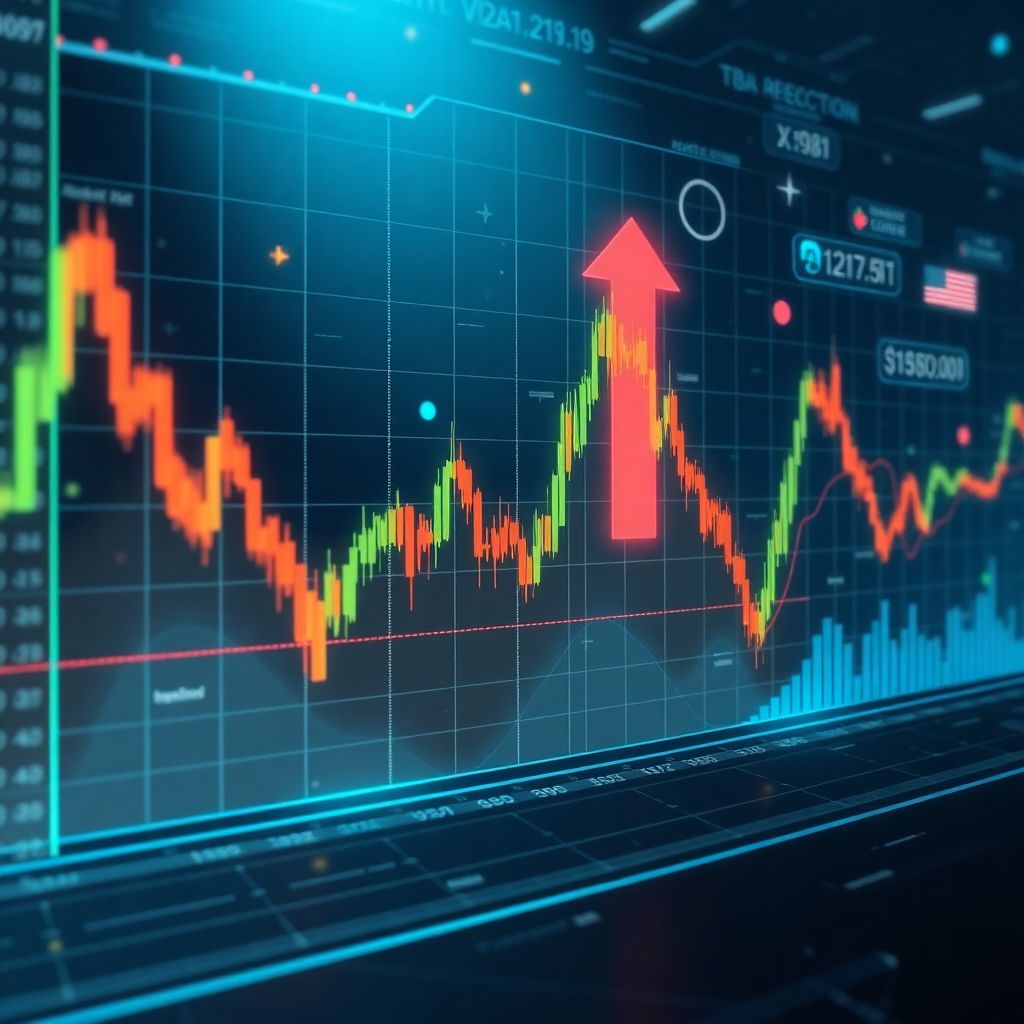Understanding Volatility Recovery Patterns: When Implied Vol Falls Back

In the world of options trading and derivatives, implied volatility (IV) plays a pivotal role in pricing, strategy selection, and risk management. After periods of heightened uncertainty or macroeconomic shocks, markets often witness a volatility spike followed by a gradual or sometimes abrupt decline — a phenomenon known as a “volatility recovery pattern.” Recognizing when and how implied volatility falls back can offer traders and portfolio managers strategic advantages, particularly during post-event stabilization phases.
Comparing Approaches to Analyzing Volatility Recovery
There are several methodologies for identifying and interpreting volatility recovery patterns. Quantitative analysts often rely on historical volatility overlays, statistical models such as GARCH, or implied volatility mean-reversion frameworks. On the other hand, discretionary traders may focus on chart patterns, macro triggers, or sentiment indicators.
1. Statistical models like GARCH(1,1) tend to capture volatility clustering and persistence, offering a mathematically grounded forecast of future IV behavior.
2. Volatility surface analysis, especially skew and term structure shifts, helps traders identify short- vs long-dated recovery tendencies.
3. Event-driven models consider macroeconomic or geopolitical catalysts and assess IV decay post-event.
Each approach has strengths. Quantitative methods offer objectivity and repeatability, while discretionary strategies can respond to nuanced market cues that models may miss.
Pros and Cons of Volatility Analysis Technologies
Modern volatility analytics technologies range from pricing engines with real-time IV monitoring to AI-driven prediction platforms. These tools can process vast datasets and alert traders to anomalies. However, they are not without limitations.
Advantages:
– Enhanced speed and accuracy in detecting volatility reversion patterns.
– Integration with execution platforms allows for faster strategy deployment.
– Reduction of cognitive bias via algorithmic thresholds.
Disadvantages:
– Risk of overfitting historical data leading to false signals.
– Dependence on quality and latency of market data.
– May underperform in unprecedented market conditions (e.g., COVID-19 in 2020).
Therefore, while sophisticated tools are essential for modern trading, human oversight remains crucial for contextual interpretation.
Case Studies: Real-World Volatility Reversions

1. Post-Brexit Referendum (2016): Implied volatility in GBP/USD options spiked over 30% ahead of the vote. Within two weeks after the outcome, IV normalized to pre-event levels as markets adjusted to the reality of a prolonged negotiation process, benefiting traders who sold premium post-event.
2. COVID-19 Pandemic (March 2020): The VIX peaked around 85 during market panic. By June, it had dropped below 30 as central banks intervened. Traders who recognized the pattern of volatility normalization employed short straddle and iron condor strategies profitably during the stabilization phase.
3. U.S. Elections (2020): Ahead of the election, equity IV rose significantly. As results became clearer and transition fears faded, implied volatility fell back sharply, rewarding calendar spread positions anticipating volatility crush.
These cases highlight how recognizing volatility recovery patterns can be monetized through appropriate option structures.
Recommendations for Selecting Strategies During Volatility Reversions

For practitioners aiming to capitalize on volatility mean-reversion, consider the following recommendations:
1. Monitor term structure shifts: Post-spike, short-term IV typically collapses faster than longer-dated vol — a signal for calendar or diagonal spreads.
2. Utilize delta-neutral strategies: Neutral positions like straddles or strangles can be sold when IV is high, anticipating decay.
3. Confirm with macro context: Ensure the catalyst for volatility has passed or is priced in before initiating volatility-selling strategies.
4. Hedge tail risks: Even during recoveries, latent shocks may persist. Protective positions using out-of-the-money options can reduce downside exposure.
5. Blend discretionary and systematic inputs: Allow models to flag opportunities, but validate with market context and sentiment.
By integrating these practices, traders can better time their entries and manage the risk associated with declining implied volatility.
Emerging Trends in 2025: The Future of Volatility Interpretation
Looking ahead to 2025, several trends are shaping how volatility recovery patterns are identified and traded:
– AI-enhanced volatility predictors: Machine learning models are improving the accuracy of IV reversion forecasts by incorporating unstructured data like news sentiment and social media.
– Cross-asset volatility convergence: FX, equities, and crypto volatility are increasingly interlinked, offering arbitrage opportunities across asset classes.
– Retail participation and IV spikes: A surge in retail option trading has caused short-term IV to spike more frequently, creating more mean-reversion opportunities.
As these dynamics evolve, the ability to adapt and refine volatility strategies will be essential for maintaining an edge in increasingly complex markets.
Conclusion
Understanding when implied volatility falls back — and how to act on it — is a cornerstone of effective options trading. Through informed analysis, practical case studies, and the integration of advanced tools, traders can not only anticipate volatility recovery patterns but also turn them into consistent profit centers. As 2025 unfolds with new market behaviors and technologies, staying ahead in volatility interpretation will remain a competitive advantage for institutional and individual market participants alike.

